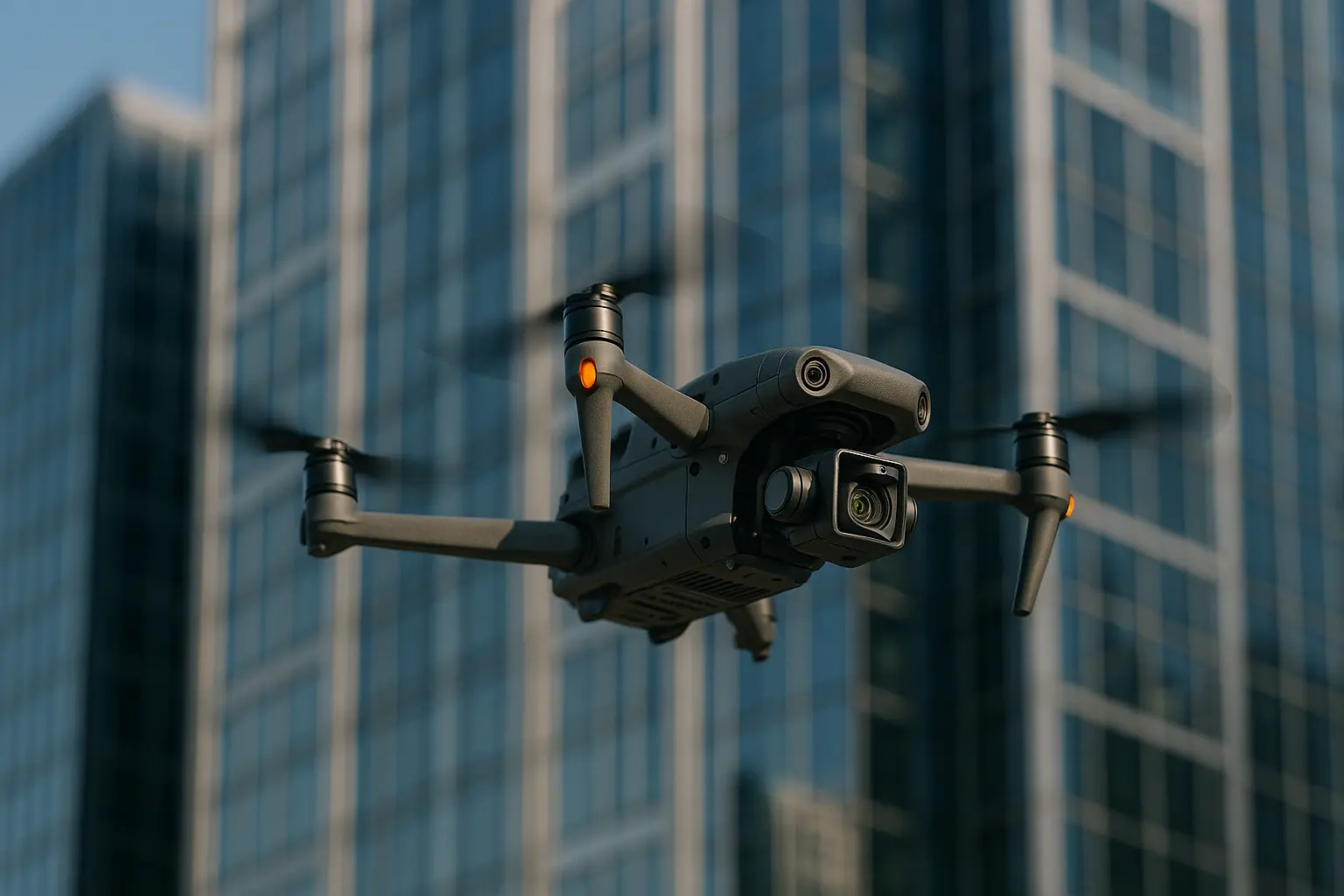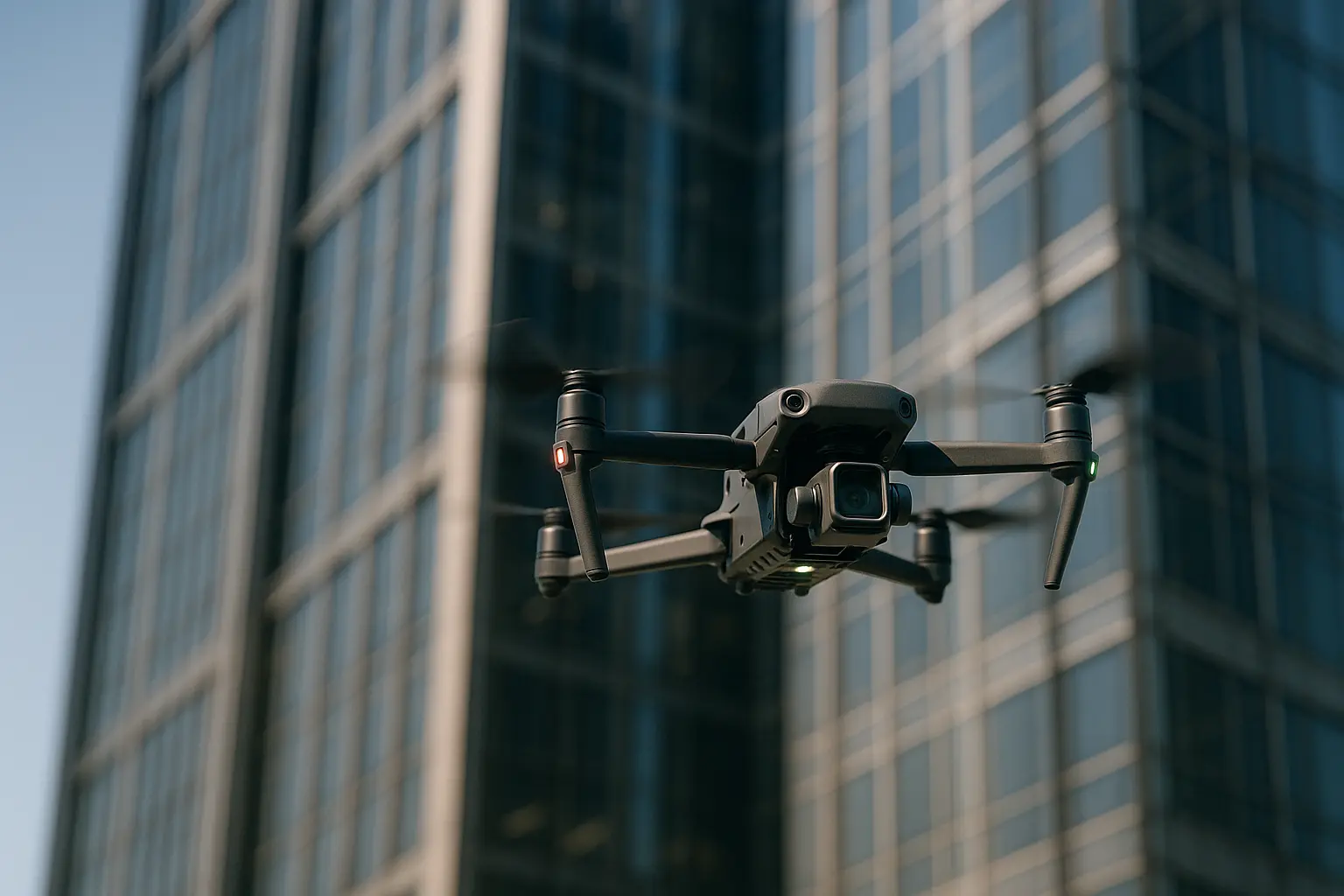In the rapidly evolving world of technology, we find ourselves on the brink of a new era in building and infrastructure management. The rise of drones offers a revolutionary way to inspect our structures, ensuring safety and efficiency while saving both time and resources. Imagine gaining insights into towering skyscrapers or expansive bridges without ever leaving the ground. This is the power of drone technology. Let us delve into how drones are reshaping the construction and maintenance landscape, providing a bird’s-eye view that was once the domain of science fiction.
The Rise of Drones in the Inspection Industry
The Winds of Change
drones have soared to prominence in recent years, transitioning from niche gadgets to indispensable tools in the inspection industry. These unmanned aerial vehicles, equipped with high-definition cameras and advanced technology, offer real-time data that is both accurate and insightful. For those of us in the industry, this is a game-changer.
The application of drones in inspections isn’t merely a trend—it’s a necessity. With infrastructure aging rapidly and the demand for new construction growing, traditional methods of inspection are increasingly challenged. Enter drones, which offer a comprehensive and efficient solution.
Drone Capabilities: More Than Meets the Eye
Our ability to capture data from aerial views has transformed how we assess the condition of structures. Drones can navigate hard-to-reach areas, providing detailed visual reports that were once impossible. Equipped with thermal imaging and LiDAR technology, drones can detect anomalies invisible to the naked eye.
Furthermore, the real-time feedback offered by drones allows us to respond swiftly to potential issues, enhancing safety and reducing downtime in critical infrastructure projects. Training in drone operation has become a priority, ensuring that the industry keeps pace with technological advancements.
Efficiency and Safety in Construction and Maintenance
A New Era of Construction Efficiency
We’ve entered an age where technology doesn’t just support our work—it redefines it. In construction, drones offer an unparalleled ability to survey sites and track progression. From mapping out project plans to monitoring daily developments, drones provide up-to-date information that is both comprehensive and precise.
By utilizing drones in construction, we mitigate delays caused by unforeseen issues. real-time data allows project managers to make informed decisions quickly, reducing the risk of costly overruns. This efficiency translates into financial savings and improved project timelines, benefiting all stakeholders involved.
Prioritizing Safety
Safety is paramount in our industry. Traditionally, inspections involved risky maneuvers, often requiring personnel to scale great heights. Drones eliminate these hazards, allowing us to conduct thorough inspections from a distance. The integration of drones in safety protocols ensures that the likelihood of accidents is significantly reduced.
Moreover, drones provide insights into safety compliance, identifying potential weak points in structures. This proactive approach not only enhances safety standards but also fortifies the longevity of buildings and infrastructure.

Harnessing Technology: Training and Implementation
The Importance of Training
As drones become integral to our industry, mastering their operation is essential. Training programs have emerged to equip professionals with the skills necessary to maximize drone capabilities. These programs cover both technical and practical aspects, ensuring that operators are well-versed in flight dynamics, camera operation, and data analysis.
The future of inspection relies on our ability to adapt to technological advancements. By investing in comprehensive training, we prepare ourselves for a future where drone technology continues to evolve, offering even more sophisticated solutions.
Implementing Drone Technology in Everyday Use
We’ve witnessed firsthand the difference drones make in day-to-day operations. Their implementation has not only streamlined processes but also made inspections more thorough. The ability to deploy drones quickly in response to urgent inspections has proven invaluable.
Moreover, the industry has embraced drones not just for inspections but also for monitoring environmental conditions, tracking power lines, and assessing damage post-disaster. Their versatility makes them a multi-purpose tool in our toolkit.
As we look towards the horizon, the role of drones in building and infrastructure inspection is clear. These aerial innovations have not only transformed how we perceive inspections but have redefined the very fabric of the industry.
The integration of drone technology means that inspections are now more accurate, efficient, and safer than ever before. With the continued advancement in drone capabilities, the future holds even greater potential for innovation.
Together, we stand at the leading edge of this technological frontier, ready to harness the full power of drones in our inspection processes. The journey has only just begun, and the possibilities are as boundless as the sky above.
FAQ
What are the advantages of using drones for building and infrastructure inspection?
Drones offer a range of benefits for inspection tasks, including increased safety by eliminating the need for human inspectors to access dangerous or hard-to-reach areas. They also provide cost efficiency by reducing the time and labor associated with traditional inspection methods, and they enable high-quality data collection with aerial views and advanced sensor technologies.
How do drones contribute to the safety of inspection processes?
Drones enhance safety by allowing inspectors to conduct thorough assessments from a distance, minimizing the risk of accidents associated with climbing, scaffolding, or working at height. This technology also reduces the need for heavy machinery, further decreasing potential hazards on-site.
What types of sensors can be equipped on drones for inspection purposes?
Drones can be outfitted with various sensors tailored to inspection needs, including high-resolution cameras for capturing detailed images, thermal cameras for identifying heat anomalies, LiDAR for creating accurate 3D models, and multispectral sensors for analyzing material properties and conditions.
Are there any regulatory considerations for using drones in infrastructure inspections?
Yes, drone operations are subject to aviation regulations that vary by country. Inspectors must be aware of and comply with these regulations, which may include obtaining necessary permits, ensuring pilot certification, and adhering to flight restrictions such as altitude limits and no-fly zones.
How are the collected data from drone inspections processed and utilized?
The data gathered by drones is typically processed using specialized software that assists in generating detailed reports and visualizations. This allows stakeholders to identify potential issues, make informed decisions, and plan maintenance or repairs more effectively, ultimately leading to improved infrastructure management.


